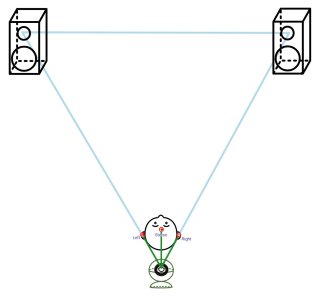Hi @WiimerHi, @Maurizio
WiiM RC seems to be steadily evolving. I am sure it will get better in the future.
I believe you.
Edit; The difference I felt before and after RC was slight, but I could hear each note more clearly.
I completely agree with you.
I would like to add one thing that, in my opinion, proves the good work WiiM did with the RC.
I did the RC for :
Line Out Ultra
Topping D70 Pro Sabre
SMSL 500 MKIII
Well, the three curves differ from each other, but very subtly, as we said before. I find it quite logical and coherent, because the three DACs have a somewhat different voice, but the room is always the same and the RC is mainly concerned with eliminating the defects of the room.
This is why I am convinced that WiiM has done a good job.
If I had obtained completely different curves I would have been very skeptical.


